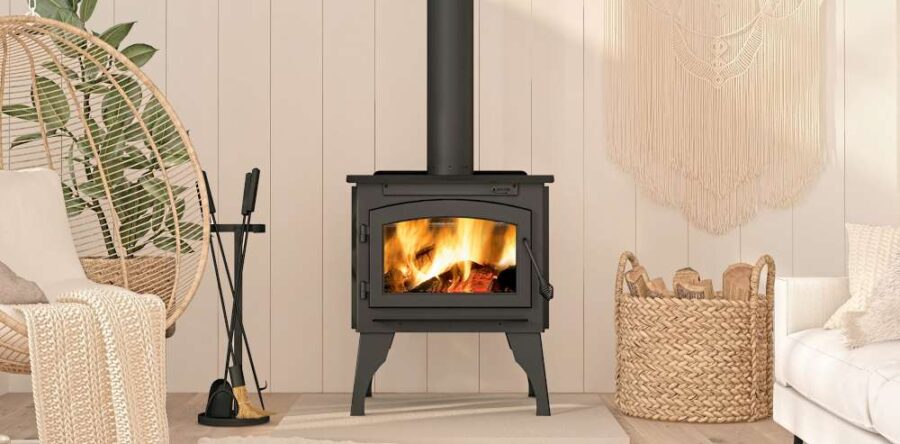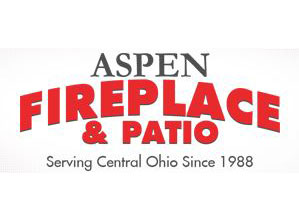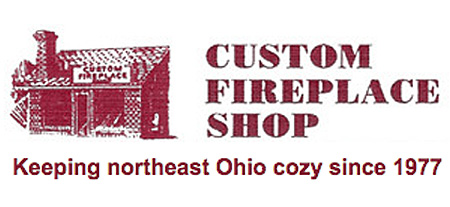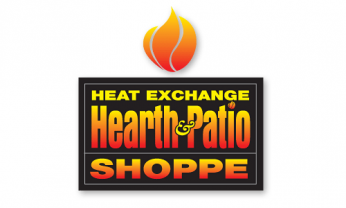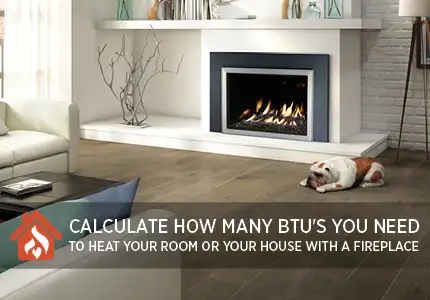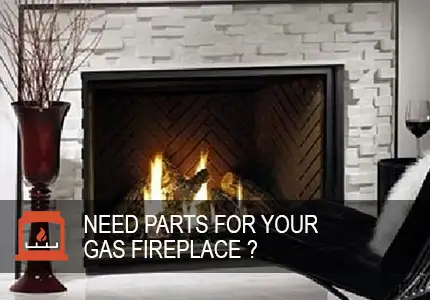If you’re burning wood in a fireplace, stove or insert, you should understand the importance of the chimney, how it works and how to correctly maintain it. It’s important.
The analogy of a vehicle’s engine comes to mind. If the engine isn’t operated correctly and maintained regularly, it doesn’t matter how many miles per gallon it gets, how cool the vehicle looks or how fast it goes, because you won’t be going far. Likewise, you could own the most expensive and impressive fireplace or stove in the world; and if the chimney isn’t performing, you are going to have issues. Your chimney is the “engine” that’s allowing the fireplace, stove or insert to perform as engineered and designed.
PRESSURE AND DRAFT
A chimney works because of a difference in air pressure inside the house where the fire is built and outside the house at the top of the chimney. Since warm air is less dense than colder air, rising heat creates air movement (known as drafting) that carries the by-products of combustion out of the house. The effectiveness of the draft is determined by several factors, including the height and size of the chimney, if it’s clean and free of debris, the size of the fireplace opening and/or the amount of air supplied to the fire. This basic understanding of draft is what prevents your house from filling up with smoke.
MASONRY FLUE LINERS
According to code, all masonry chimneys must have some sort of liner. There are three types of flue liners. Ceramic tile flues are quite common. They are inexpensive and will take remarkably high temperatures. But what they won’t take is a quick change in temperature. Clay tile liners are prone to thermal shocking making them crack. These cracks need to be repaired to prevent creosote from accumulating, further deterioration, and smoke infiltration into the house.
Cast-in-place flue liners are a highly insulated, concrete-type material that’s poured directly into a masonry chimney. If the old chimney had a ceramic tile liner, it will be removed. A cast-in-place liner fills all cracks and crevices within a brick or block chimney. The advantages: increased structural strength, thermal shocking is not a problem and clearances to combustible framing members can be reduced with this type of system.
A stainless-steel liner may be used in a chimney to vent a fuel oil furnace or water heater. Aluminum would be the choice for natural or LP gas.
CHIMNEY SIZE
There is a standard to determine the correct size of a chimney flue for an open burning, masonry fireplace. It basically states the necessary cross-sectional area of the chimney flue will be equal to 1/10 of the area of the fireplace opening. If you are building a new home with an open masonry fireplace, this formula is important. However, compared to “zero clearance” fireplaces (ZC), there are not many open-burning, masonry fireplaces built these days because of EPA/CSA requirements and clean air standards.
Fortunately, sizing a chimney for a ZC fireplace is simply checking the installation manual for the correct brand of chimney pipe. ZC units will usually require either a six- or eight-inch stainless-steel chimney. The specific manufacturers brand will be noted in the manual. ZC fireplace manufacturers test and list a specific chimney type that must be used with the fireplace.
Chimney requirements for free-standing wood burning stoves will be much more generic in nature. If the chimney has been sized and installed correctly, you should be in good shape. It’s always best to size the chimney for a wood burning stove by matching the diameter of the flue collar on the appliance. A stove with a six-inch collar will perform best with a six-inch chimney. Likewise, a stove with an eight-inch collar requires an eight-inch chimney. You will be OK moving up one size, but not vice versa. It’s acceptable practice to install a stove with a six-inch collar on an eight-inch chimney. However, it is NOT OK to install a stove with an eight-inch collar on a six-inch chimney.
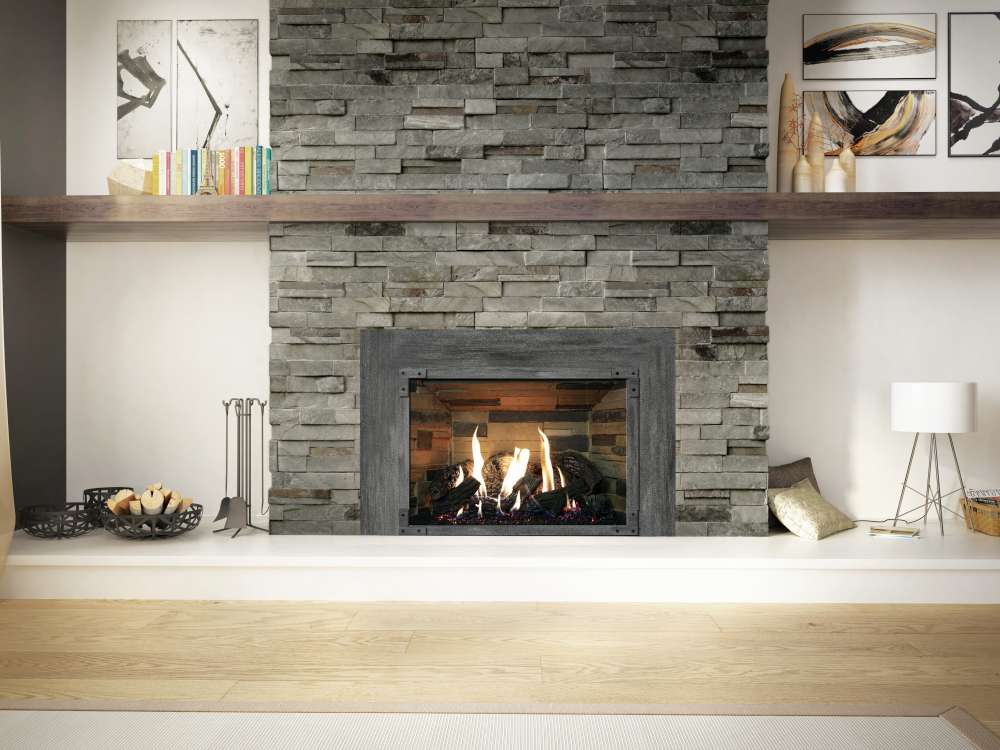
TOO LARGE VS. TOO SMALL
A chimney too large or too small will be problematic. Too large and the velocity of the draft will not be sufficient. Smoke will linger in the chimney too long. The higher up the chimney you go, the cooler the chimney becomes, and the likelihood of creosote forming is greatly increased. Conversely, if the chimney is too small, the draft will not be adequate to pull enough air and smoke will back up into the house.
RELINING WITH AN INSERT?
If you’re planning to install a wood burning insert into your masonry fireplace, be sure to re-line the existing chimney. Most of the wood burning inserts will use a six-inch stainless steel (SS) liner that is installed up the existing chimney. Some inserts are installed incorrectly with no liner at all, or a three-to-four-foot SS length of liner up the old chimney. For best performance of a wood burning insert, always follow the manufacturers requirements. And those requirements always state to fully line the old, existing chimney.
CHIMNEY MAINTENANCE
We have written a fair amount in other articles regarding chimney cleaning and inspections. A nationally certified chimney sweep is highly trained and skilled in making sure your chimney is ready for heat and smoke and all that Mother Nature will dish out. Your WE LOVE FIRE expert always recommends that your chimney be inspected and cleaned, once a year. Burning dry wood and maintaining your equipment is always in your best interest for your loved ones and your property.
